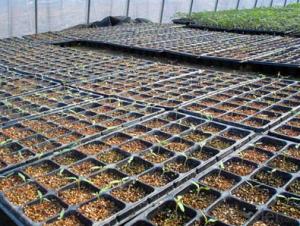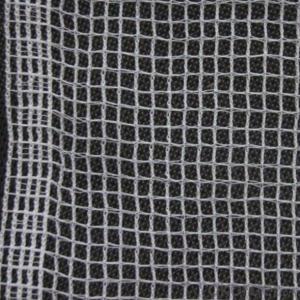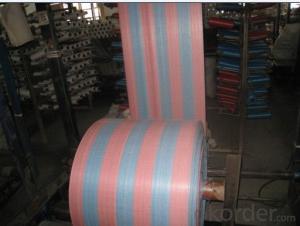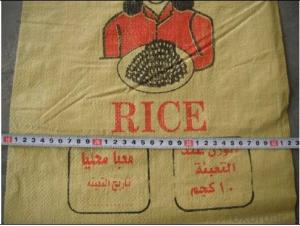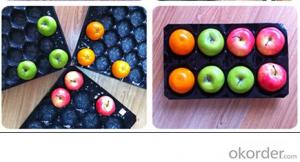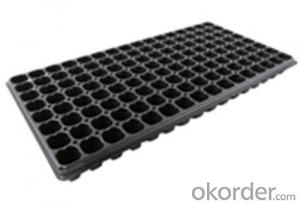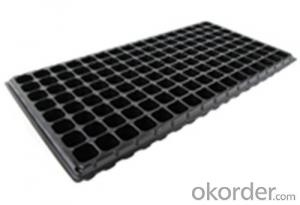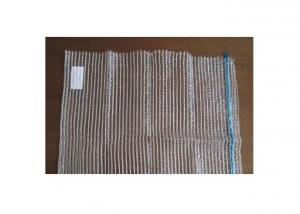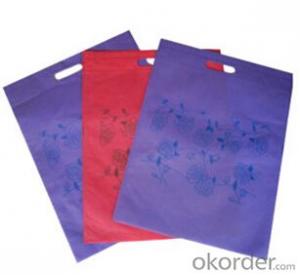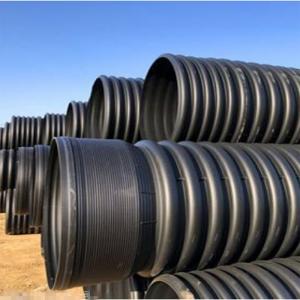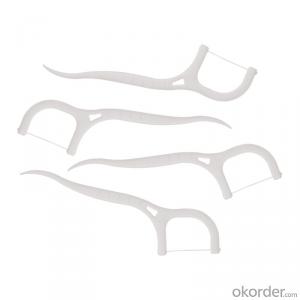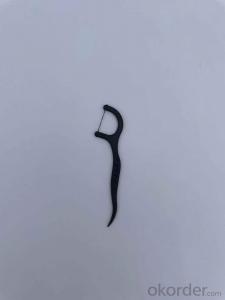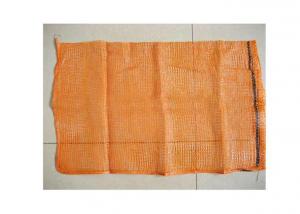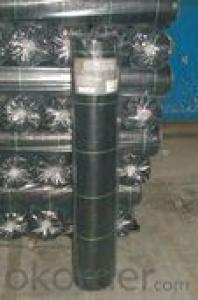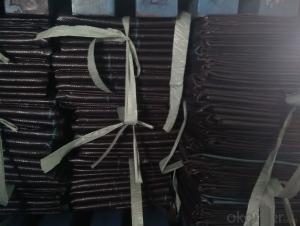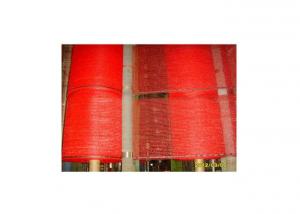Flat Plastic Seedling Tray,Seed Tray,Plug Tray, PS Material
- Loading Port:
- China main port
- Payment Terms:
- TT OR LC
- Min Order Qty:
- 3000 pc
- Supply Capability:
- 2000000 pc/month
OKorder Service Pledge
OKorder Financial Service
You Might Also Like
Specification of Plug Trays HIPS Made Plastic Plug Tray for Greenhouse (Growing and Seedling):

Features of Plug Trays HIPS Made Plastic Plug Tray for Greenhouse (Growing and Seedling):
· Material: HIPS
· Thickness: 0.5mm-1.5mm, Standard:1mm
· Weight: 80g(±5)g-230g(±5)g, Standard weight:155g(±5)g
· Size: length:490mm-540mm, width:190mm-345mm,depth:25mm-150mm
· Standard:540mmX280mm
· Cell count: 18-512
· Package: In Carton
· Warrenty: 8-10 times
Packaging & Delivery
Packing Detail: export standard carton or large bags
Delivery time: 4 million per momth after receipt of deposit
Advantage:
Waterproof, UV-resistant, extrusion-resistant
Easy carry for young seeding plant and grow
Service:
1. Quick, efficient and professional response within 24 hours, 14 hours online services
2. 10 years manufacturing and exporting experience in agriculture field.
3. Technical support and solution by chief engineer.
4. Strict quality control system & team, high reputation in the market.
5. Full range of irrigation products for choice
6. OEM/ODM services
7. Accept sample order before Mass Order
Picture of Plug Trays HIPS Made Plastic Plug Tray for Greenhouse (Growing and Seedling):
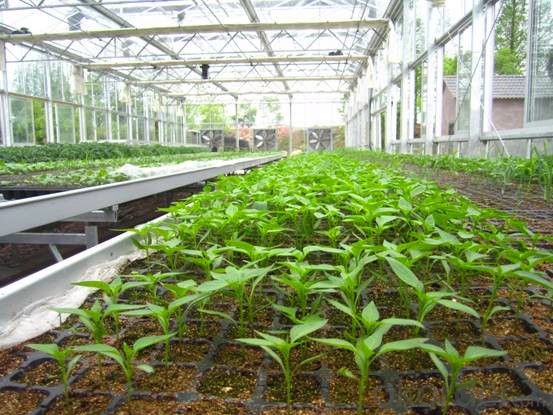
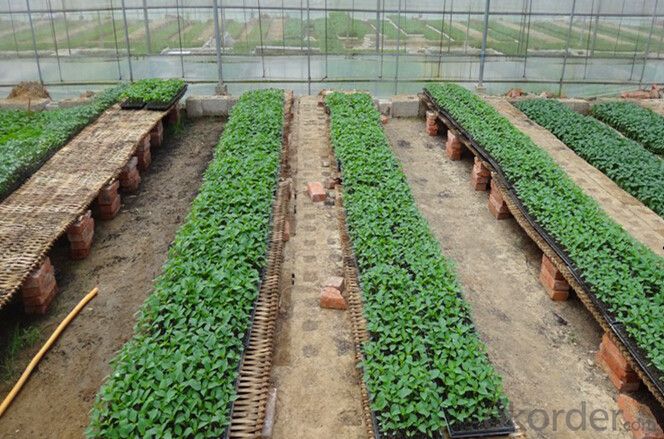
FAQ of Plug Trays HIPS Made Plastic Plug Tray for Greenhouse (Growing and Seedling):
Q: 1.How long is the production time?
A: Usually one to two weeks.
Q: 2.How is the seed tray being packaged?
A: They can be packaged in carton or pallets. Carton size is 1375px*725px*1250px.
Q:3.How many times can the seed tray be used?
A: Under the same environment, it is decided by the thickness. Usually 0.6mm thickness can be used for 1 or 2 times.
1.0 thickness can be used for 3-4 times. 1.5 thickness can be used for 8-10 times.
- Q:Are agricultural plastic products used in vertical aeroponic systems?
- Yes, agricultural plastic products are commonly used in vertical aeroponic systems. These systems often utilize various types of plastic materials, such as PVC pipes, tubing, or containers, to create the vertical structure and channels for water and nutrient distribution. The use of plastic in these systems helps to provide durability, flexibility, and longevity to support plant growth and optimize water and nutrient efficiency.
- Q:Are nursery trays suitable for growing bonsai trees from seed?
- Yes, nursery trays can be suitable for growing bonsai trees from seed. They provide a convenient and organized space for germinating and nurturing young seedlings. However, it is important to ensure that the trays have proper drainage holes and are filled with well-draining soil mix to promote healthy root growth. Additionally, regular monitoring and appropriate care, such as proper watering and adequate sunlight, are crucial for successful bonsai seedling development.
- Q:Are there nursery trays specifically designed for hydroponic systems?
- Yes, there are nursery trays specifically designed for hydroponic systems. These trays are typically made from durable materials, such as food-grade plastic, and have features like drainage holes or channels to allow for proper water circulation and nutrient absorption. They are designed to optimize plant growth and support the hydroponic system's unique requirements.
- Q:cleaned, prepped and painted my guitar's plastic pick guard w/ rustoleum (oil based) spray paint...clear coat neccesary? how durable is this going to be? thnx in advance
- This Site Might Help You. RE: enamel paint on plastic? cleaned, prepped and painted my guitar's plastic pick guard w/ rustoleum (oil based) spray paint...clear coat neccesary? how durable is this going to be? thnx in advance
- Q:Can ground cover be used to control erosion along riverbanks?
- Yes, ground cover can be used to control erosion along riverbanks. Ground cover plants such as grasses, shrubs, or even trees help stabilize the soil, slow down water flow, and prevent erosion by reducing the impact of rainwater and wind. The roots of these plants hold the soil together, creating a protective layer that prevents soil from being washed away. Additionally, ground cover plants also help absorb excess water and reduce surface runoff, further preventing erosion along riverbanks.
- Q:which type and grade plastic is used to make car bumpers?
- Some Chevy bumpers, especially front bumpers are constructed with integral crumple zones. Crumple zones are designed to absorb the force of impact; the crumple zones are designed to flex on impact. As the Chevy bumper flexes, the action of the bending bumper converts the kinetic energy of the car into heat. This way further damage to the car is prevented. Nowadays, car front bumpers are constructed out of rubber, plastic, urethane, fiberglass or painted light metal. These are also durable, though not as tough as the heavy steel used in the vintage cars, but technology has provided them with ways to divert danger away from the occupants of the vehicle. Chevrolet is continually finding ways to make them safer and more effective in shielding the owners from danger.
- Q:How does agricultural plastic affect crop growth rates?
- Agricultural plastic can have both positive and negative effects on crop growth rates. On one hand, it can help enhance crop growth by creating a favorable microclimate, protecting plants from extreme weather conditions, and reducing weed competition. Plastic mulches, for instance, can increase soil temperature, conserve moisture, and suppress weed growth, leading to higher crop yields. On the other hand, improper disposal of plastic waste can result in environmental pollution, soil degradation, and reduced crop yields. Additionally, the use of low-quality or non-biodegradable plastics can hinder nutrient cycling, root development, and beneficial soil organism activity, negatively impacting crop growth. Therefore, proper management and disposal of agricultural plastic are crucial to mitigate any potential negative effects and maximize crop growth rates.
- Q:Can ground cover be used as a substitute for grass?
- Yes, ground cover can be used as a substitute for grass in certain areas. Ground cover plants, such as clover, creeping thyme, or moss, can provide a low-maintenance alternative to grass. They are often more drought-tolerant, require less frequent mowing, and can help control soil erosion. However, it's essential to consider specific needs, climate, and intended use of the area before opting for ground cover instead of grass.
- Q:Can ground cover be used to create a natural lawn alternative?
- Yes, ground cover can be used as a natural lawn alternative. Ground cover plants such as clover, creeping thyme, or moss can provide a low-maintenance, eco-friendly alternative to traditional lawns. They require less water, fertilizer, and mowing, while also attracting beneficial insects and reducing soil erosion. Additionally, ground cover can provide a lush and attractive alternative to grass, adding diversity and beauty to outdoor spaces.
- Q:How do you prevent ground cover plants from spreading into flower beds?
- One way to prevent ground cover plants from spreading into flower beds is by installing physical barriers such as edging or borders that create a clear boundary between the two areas. Regularly maintaining and trimming the ground cover plants, such as mowing or pruning, can also help keep them from encroaching on the flower beds. Additionally, applying a layer of mulch or weed barrier fabric around the flower beds can act as a deterrent and make it more difficult for ground cover plants to spread.
1. Manufacturer Overview |
|
|---|---|
| Location | |
| Year Established | |
| Annual Output Value | |
| Main Markets | |
| Company Certifications | |
2. Manufacturer Certificates |
|
|---|---|
| a) Certification Name | |
| Range | |
| Reference | |
| Validity Period | |
3. Manufacturer Capability |
|
|---|---|
| a)Trade Capacity | |
| Nearest Port | |
| Export Percentage | |
| No.of Employees in Trade Department | |
| Language Spoken: | |
| b)Factory Information | |
| Factory Size: | |
| No. of Production Lines | |
| Contract Manufacturing | |
| Product Price Range | |
Send your message to us
Flat Plastic Seedling Tray,Seed Tray,Plug Tray, PS Material
- Loading Port:
- China main port
- Payment Terms:
- TT OR LC
- Min Order Qty:
- 3000 pc
- Supply Capability:
- 2000000 pc/month
OKorder Service Pledge
OKorder Financial Service
Similar products
New products
Hot products
Related keywords
